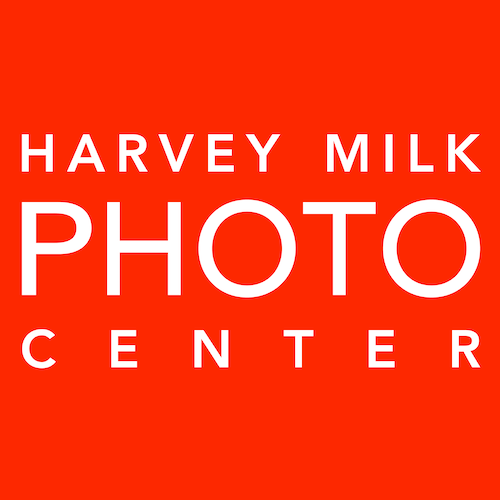Stereo Photos by Alan Kikuchi
Exhibit Dates: Jan 18 – Feb 28, 2020
Opening Reception: 2:00pm – 4:30pm, Jan 18, 2020
Location: McLaren Lodge, 501 Stanyan St. San Francisco
Gallery Hours: Mon-Fri: 9am – 5pm. Sat, Sun: Closed
Curator: Dave Christensen, Director of Harvey Milk Photo Center
The 3-D photographs in this exhibit were captured on film using stereoscopic cameras from the 1950’s. These cameras have two lenses which expose two simultaneous images, creating a stereo pair which approximates what the eyes see in that instant. The developed film is then scanned and the image pairs are composited on a computer, then inkjet printed. The resulting anaglyph 3-D image when viewed through color-coded red/cyan glasses creates the illusion of depth.
I was introduced to stereo photography many years ago by the artist Mark McCloud. At that time, in the mid 1970’s, used stereo cameras could be found in camera stores and flea markets. Some of my friends who were painters and sculptors were also stereo photography enthusiasts. Kodak sold and processed Kodachrome slide film which allowed the taking of vivid stereo slides to be viewed in an illuminated binocular type viewer. The exposed film would be returned from the lab in special mounts holding the stereo pair ready to view. Another way to see them was to project the images with a stereo projector and view them through polarized glasses similar to those used in movie theaters today.
In 2013 I got back into shooting 3-D. The Kodak Stereo 35mm camera, which was produced between 1954 and 1959, became my camera of choice. This was a very popular camera and around 100,000 of them were sold. Today these cameras can be found on eBay and I’ve learned to completely disassemble them, clean the parts and return them to working order.
Looking at a stereo photograph is an altogether different experience than viewing a conventional one. Upon viewing an anaglyph 3-D image without the viewing glasses, the picture is somewhat odd, with some areas in sharp focus and other areas appearing fuzzy, along with red and cyan double images.
To view the images in 3-D, put on the red/cyan glasses. Relax your eyes and allow the images to fuse into focus. Direct your gaze to various parts of the picture. Move closer then farther away from the image and move your head from side to side to see how the image moves with you. The edges of the photo act as a window frame as you peer into the scene. Some objects will even seem to pop out of the picture!
A stereo photo is like a magic window. Our binocular vision that we normally take for granted is transformed into something astonishing when peering into the 3-D realm.
I am glad to be able to share my 3-D images with you and thanks for viewing!
– Alan Kikuchi
